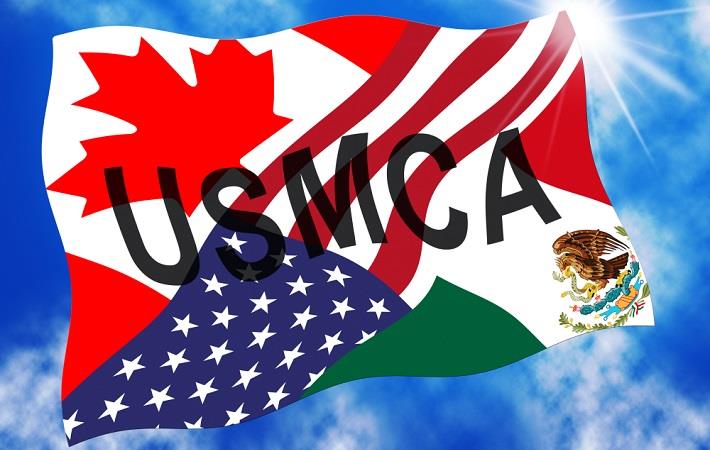
The United States-Mexico-Canada Agreement (USMCA) went into effect from July 1. It replaced the North American Free Trade Agreement (NAFTA). Reached after more than two years of talks, the USMCA sought to change Mexico’s labour rules so that workers could enjoy the freedom to form unions and bargain for better wages, writes assistant editor Dipesh Satapathy in the January 2021 edition of Fibre2Fashion as he looks back at the year that was.
The textile and apparel rules of origin in USMCA are generally based on the ‘yarn forward’ rule, which warrants the yarn formation (spinning or extruding) and all processes following that to occur in the USMCA territory. Yarn too is generally subject to a similar ‘fibre-forward’ rule. However, exceptions have been provided to allow use of foreign-origin fabric or yarns for specific products or when those are in short supply in the territory.
After certain specific transition periods, designated narrow elastic fabric, sewing thread and pocket bag fabric must meet the specified rules of origin requirements for each component and certain foreign-origin rayon fibre and rayon filaments may be used in textile and apparel goods, provided those meet all other applicable requirements. Apart from normal verification procedures, USMCA has incorporated the concept of ‘jump visits’, which allows strengthening customs enforcement and preventing fraud.
Meanwhile, garment factories close to the United States aiming to steal a share from Chinese manufacturers must address fabric production infrastructure and expand into more categories if they hope to convince brands to relocate, according to data analytics company GlobalData, which said few such firms have managed to successfully shift production out of China at scale.
Subscribe now to read the complete article in the much-awaited January 2021 print edition of Fibre2Fashion
ALCHEMPro News Desk (RKS)
Receive daily prices and market insights straight to your inbox. Subscribe to AlchemPro Weekly!